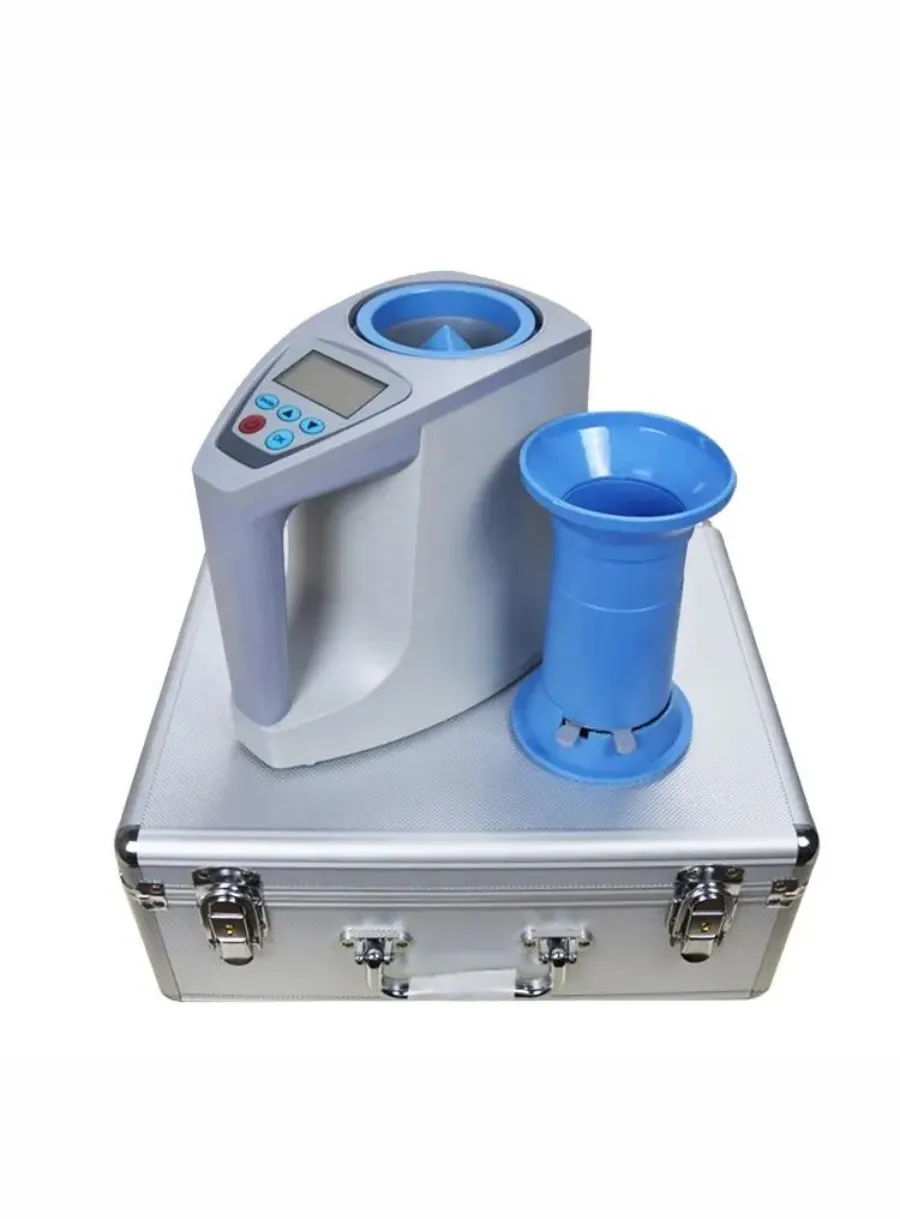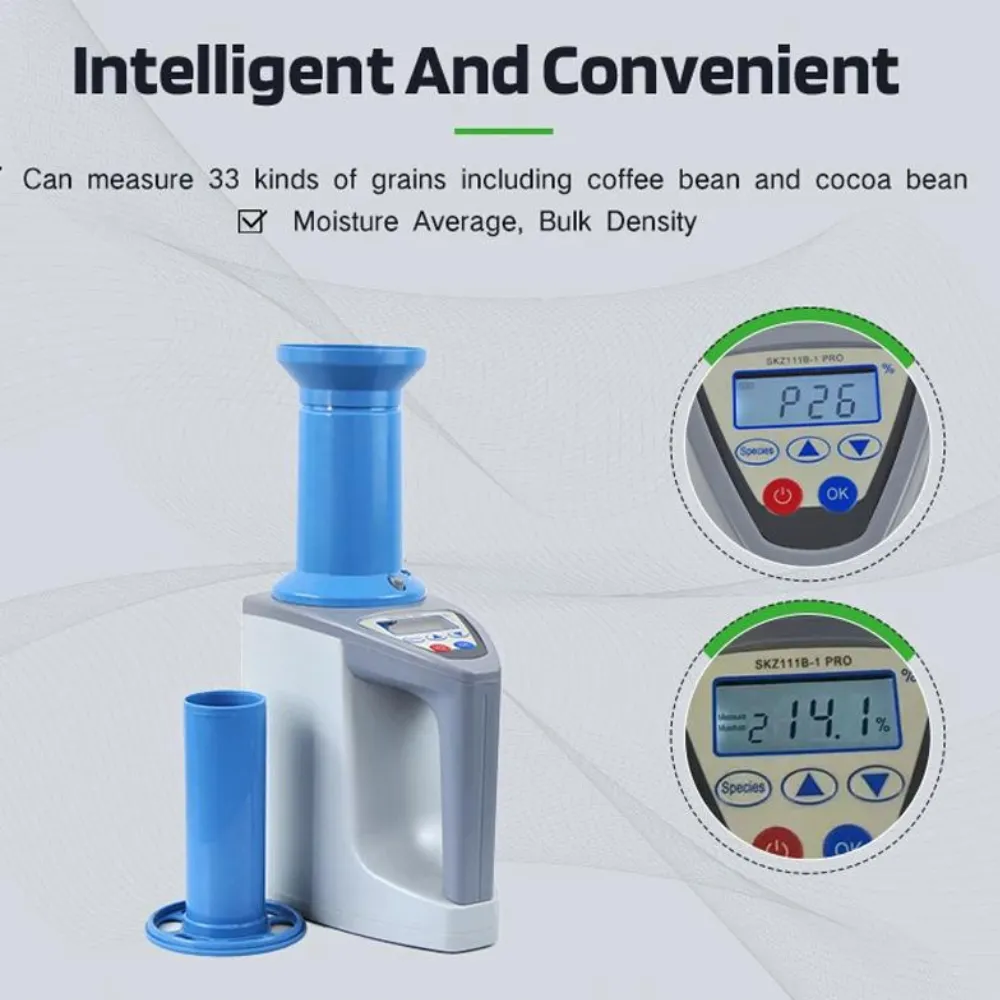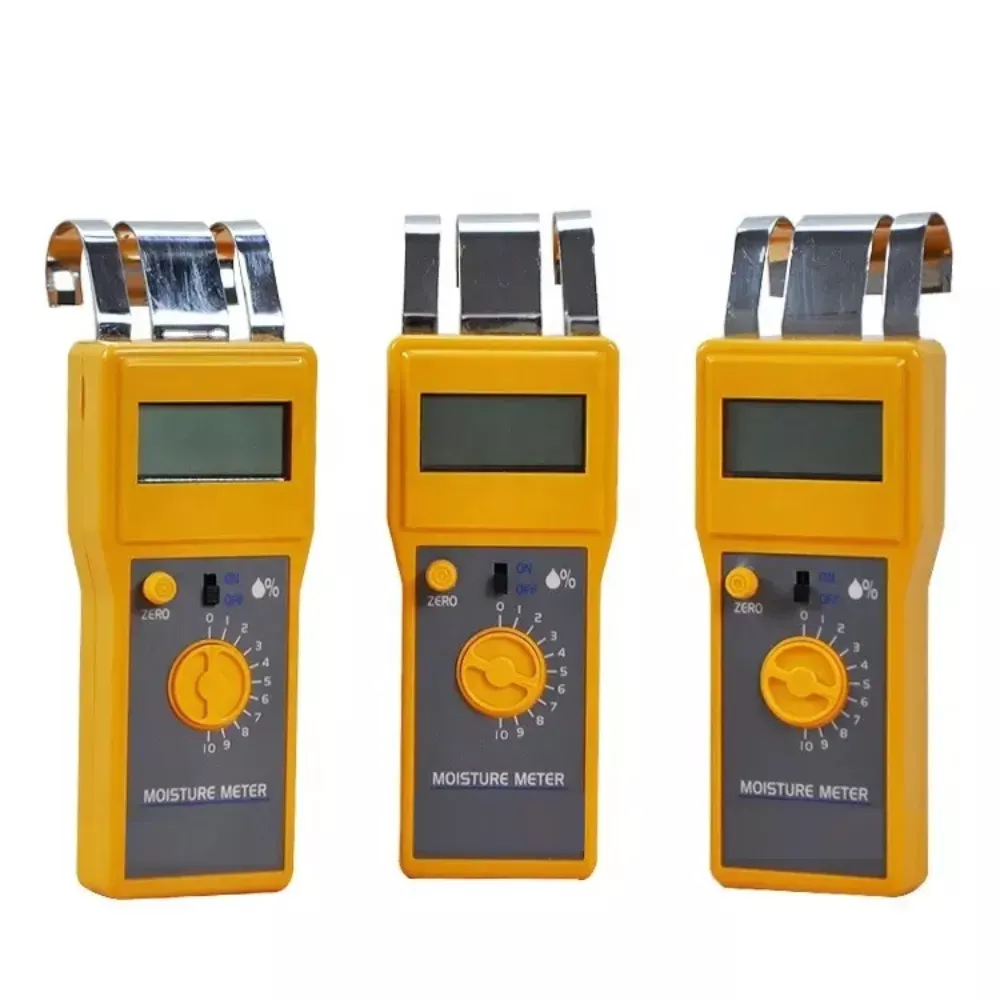
Techniques for Moisture Measurement in Dehydrated Foods
Table of Contents
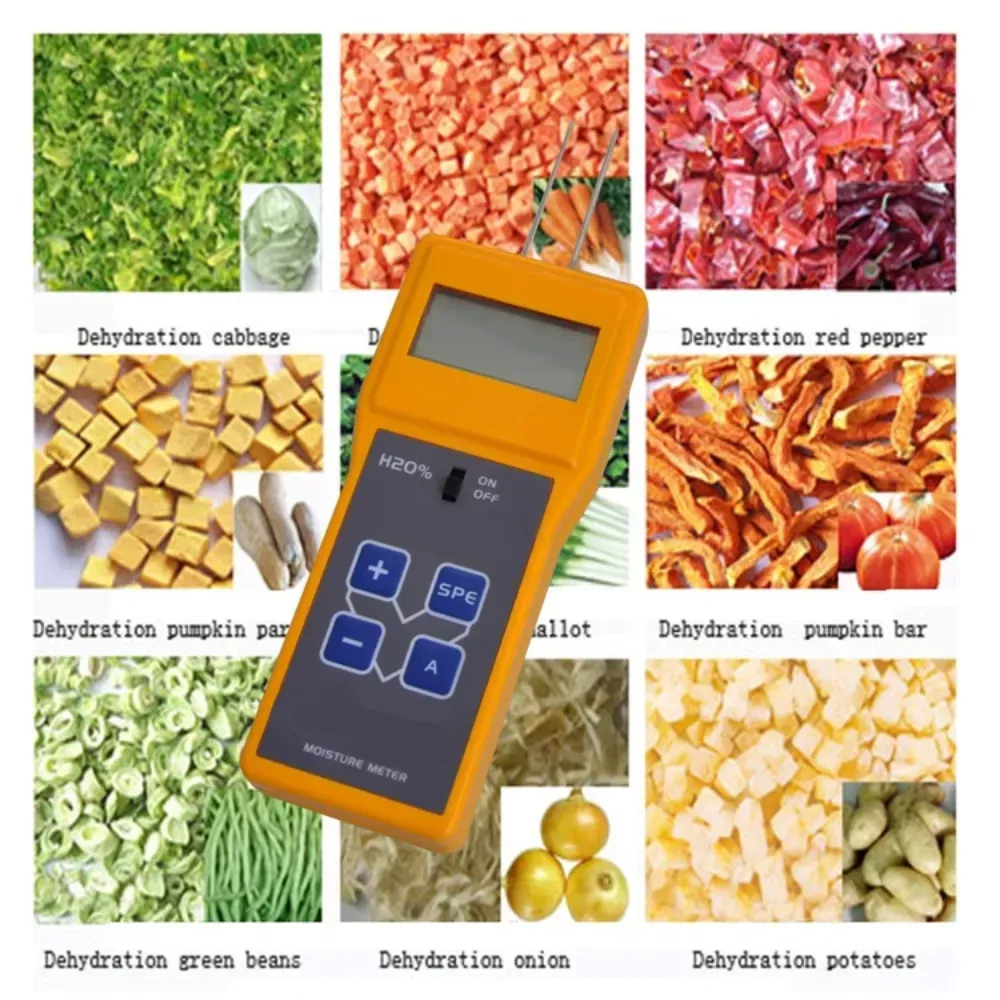
There are several techniques for moisture measurement in dehydrated foods, each with its advantages and disadvantages. Some of the most common methods include gravimetric analysis, Karl Fischer titration, near-infrared spectroscopy (NIR), and time domain reflectometry (TDR).
Gravimetric analysis is a simple and accurate method for moisture measurement. In this technique, a sample of the food is weighed, dried in an oven or a vacuum oven, and then reweighed. The difference in weight before and after drying represents the moisture content. This method is considered the “gold standard” for moisture measurement, as it provides a direct measurement of the moisture content. However, it can be time-consuming and requires a significant amount of sample material.
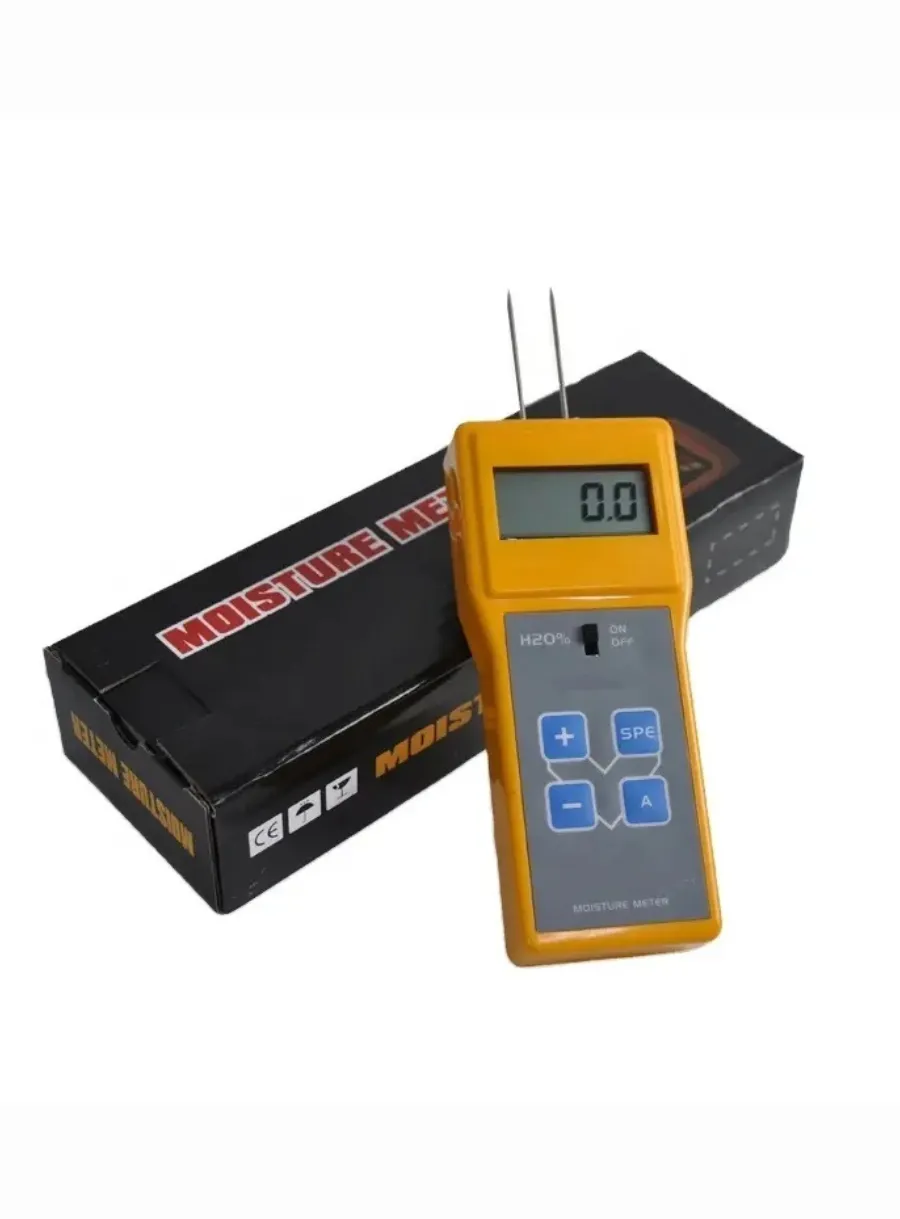
Karl Fischer titration is another accurate method for moisture measurement. In this technique, a sample of the food is mixed with a reagent that reacts with water to form a product that can be titrated to determine the amount of water present. This method is highly sensitive and can detect small amounts of moisture, making it suitable for foods with low moisture content. However, it can be expensive and requires specialized equipment and trained personnel to perform the analysis.
Near-infrared spectroscopy (NIR) is a non-destructive and rapid method for moisture measurement. In this technique, a sample of the food is exposed to near-infrared light, which is absorbed by the water molecules in the sample. The amount of light absorbed is proportional to the moisture content, allowing for a quick and accurate measurement. NIR is particularly useful for continuous moisture measurement in food processing plants, as it can be easily integrated into existing production lines. However, it requires calibration with known moisture content samples and may not be as accurate for certain types of food.
Time domain reflectometry (TDR) is another non-destructive and rapid method for moisture measurement. In this technique, a probe is inserted into the food sample, and an electrical pulse is sent through the sample. The speed at which the pulse travels through the sample is related to the moisture content, allowing for a quick and accurate measurement. TDR is particularly useful for measuring moisture in bulk materials, such as grains and powders, and can be easily integrated into food processing plants. However, it requires calibration with known moisture content samples and may not be as accurate for certain types of food.
There are several techniques for moisture measurement, each with its advantages and disadvantages. Gravimetric analysis, Karl Fischer titration, near-infrared spectroscopy, and time domain reflectometry are some of the most common methods. The choice of method depends on the specific requirements of the food processing plant and the type of food being processed.
Comments
Tags
Frequently Asked Question
Gravimetric analysis involves weighing a food sample before and after drying to determine moisture content. It’s considered the “gold standard” because it provides a direct measurement of moisture content, although it can be time-consuming and requires a significant amount of sample material.
NIR exposes a food sample to near-infrared light, which is absorbed by water molecules. The amount of light absorbed is proportional to the moisture content, allowing for quick and accurate measurement. It’s non-destructive and can be easily integrated into production lines.
TDR is non-destructive, rapid, and particularly useful for measuring moisture in bulk materials like grains and powders. It can be easily integrated into food processing plants and provides quick and accurate measurements.
Karl Fischer titration is highly sensitive and can detect small amounts of moisture, making it suitable for foods with low moisture content. It involves mixing a food sample with a reagent that reacts with water, then titrating to determine water content. However, it requires specialized equipment and trained personnel.

